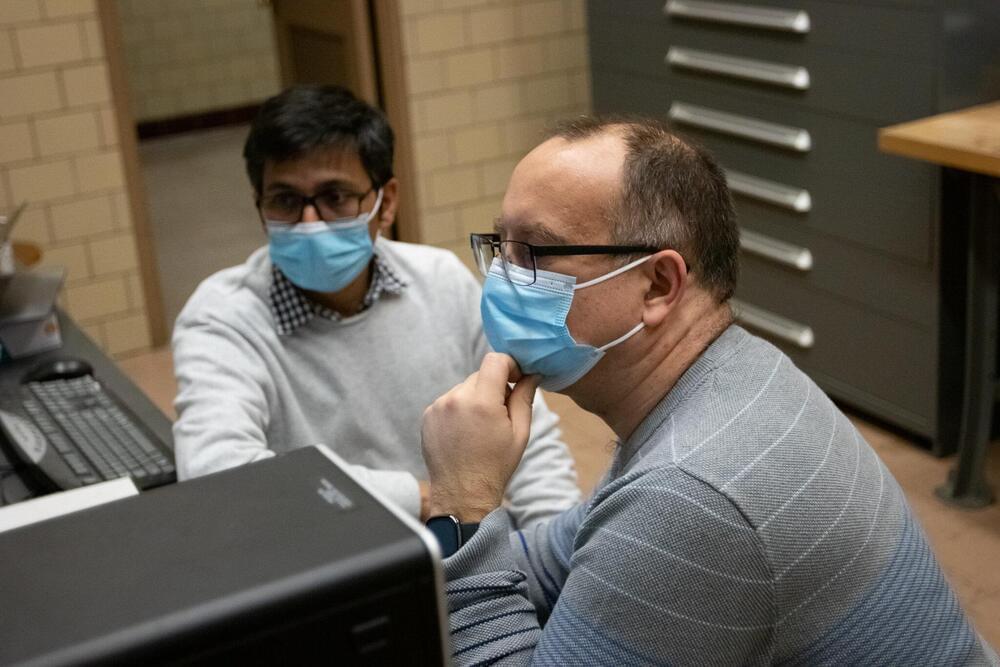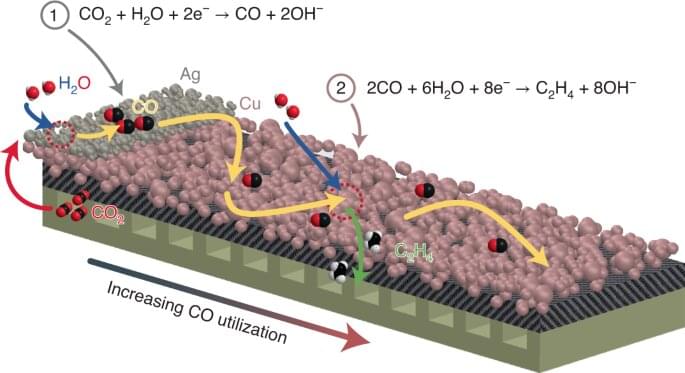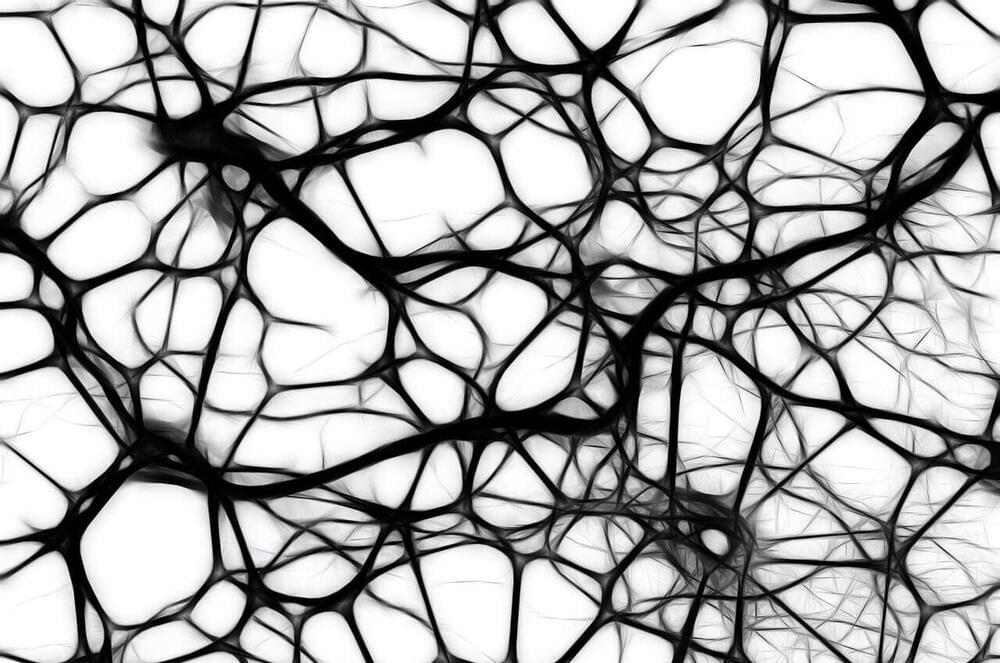Dust on solar panels reduces their output significantly, so they need to be kept clean. But how? Scientists say they have a solution.



SAN ANTONIO (WOAI/KABB) — An Elon Musk-backed proposal to build a tunnel connecting downtown San Antonio to the city’s airport is moving forward. The Alamo Regional Mobility Authority decided to take the next step in the project from The Boring Company to build the system. The Boring Company is owned by Elon Musk, and submitted the idea to Alamo RMA after they asked for proposals to increase revenues. No decisions were made in regards to approval of development.

Tesla’s Gigafactory Texas is about to start its operations, and when it does, it would be one of the United States’ most ambitious vehicle production facilities. The massive factory, which Elon Musk has noted will be almost a mile long when completed, is expected to hire thousands of workers in the area.
The arrival of Tesla in Texas and the influx of companies moving into the state will likely trigger an increase in the number of people residing in cities like Austin. With this in mind, Austin transit leaders recently stated that the city’s transportation network would play a critical role in aiding or hindering further development. After all, all those new workers need a way to get to and from their jobs.
The discussions were held during a South by Southwest panel on Thursday, where transportation startup leaders highlighted that Austin’s efforts to invest in new mass transit operations are steps in the right direction. Austin-based AI Fleet CEO Marc El Khoury noted that the city and its surrounding areas would be attractive for companies developing innovative transit technologies.

And going forward, we’ll do this with far more knowledge of what we’re doing, and more control over the genes of our progeny. We can already screen ourselves and embryos for genetic diseases. We could potentially choose embryos for desirable genes, as we do with crops. Direct editing of the DNA of a human embryo has been proven to be possible — but seems morally abhorrent, effectively turning children into subjects of medical experimentation. And yet, if such technologies were proven safe, I could imagine a future where you’d be a bad parent not to give your children the best genes possible.
Computers also provide an entirely new selective pressure. As more and more matches are made on smartphones, we are delegating decisions about what the next generation looks like to computer algorithms, who recommend our potential matches. Digital code now helps choose what genetic code passed on to future generations, just like it shapes what you stream or buy online. This might sound like dark science fiction, but it’s already happening. Our genes are being curated by computer, just like our playlists. It’s hard to know where this leads, but I wonder if it’s entirely wise to turn over the future of our species to iPhones, the internet and the companies behind them.
Discussions of human evolution are usually backward looking, as if the greatest triumphs and challenges were in the distant past. But as technology and culture enter a period of accelerating change, our genes will too. Arguably, the most interesting parts of evolution aren’t life’s origins, dinosaurs, or Neanderthals, but what’s happening right now, our present – and our future.

Scientists have created a piece of fabric that can hear.
The new study reimagines the response of fabric to sound, however. Researchers made it out of a material that turns any movement of the fabric into an electrical signal – and it can do that with sounds.
In testing, the fabric was able to pick up a wide variety of sounds, vibrating in proportion with the noises that happened around it. “This shows that the performance of the fiber on the membrane is comparable to a handheld microphone,” said Grace Noel, a co-author on the paper.
They then wove that acoustic fabric into more traditional yarns, creating a piece of textile that could be draped and washed just like a traditional fabric.
While many say that Moore’s Law is dead, scientists are hard at work discovering new semiconductor materials which will help increase CPU and GPU performance well into the 2030’s right on track of Moore’s Laws exponential properties. Companies such as TSMC and Intel could use Graphene to make the smallest possible transistors and much improve their efficiency as electricity prices skyrocket. 2nm or 1nm processors might soon come out.
–
TIMESTAMPS:
00:00 The Revival of Moore’s Law.
01:15 Smallest Transistor ever made.
03:54 What actually are transistors?
05:49 Moore’s Law Is Dead?
07:55 Last Words.
–
#cpu #mooreslaw #graphene

Artificial intelligence advances how scientists explore materials. Researchers from Ames Laboratory and Texas A&M University trained a machine-learning (ML) model to assess the stability of rare-earth compounds. This work was supported by Laboratory Directed Research and Development Program (LDRD) program at Ames Laboratory. The framework they developed builds on current state-of-the-art methods for experimenting with compounds and understanding chemical instabilities.
Ames Lab has been a leader in rare-earths research since the middle of the 20th century. Rare earth elements have a wide range of uses including clean energy technologies, energy storage, and permanent magnets. Discovery of new rare-earth compounds is part of a larger effort by scientists to expand access to these materials.
The present approach is based on machine learning (ML), a form of artificial intelligence (AI), which is driven by computer algorithms that improve through data usage and experience. Researchers used the upgraded Ames Laboratory Rare Earth database (RIC 2.0) and high-throughput density-functional theory (DFT) to build the foundation for their ML model.


Engineers at the University of Cincinnati have developed a promising electrochemical system to convert emissions from chemical and power plants into useful products while addressing climate change.
UC College of Engineering and Applied Science assistant professor Jingjie Wu and his students used a two-step cascade reaction to convert carbon dioxide to carbon monoxide and then into ethylene, a chemical used in everything from food packaging to tires.
“The world is in a transition to a low-carbon economy. Carbon dioxide is primarily emitted from energy and chemical industries. We convert carbon dioxide into ethylene to reduce the carbon footprint.” Wu said. “The research idea is inspired by the basic principle of the plug flow reactor. We borrowed the reactor design principle in our segmented electrodes design for the two-stage conversion.”

Russian scientists have proposed a new algorithm for automatic decoding and interpreting the decoder weights, which can be used both in brain-computer interfaces and in fundamental research. The results of the study were published in the Journal of Neural Engineering.
Brain-computer interfaces are needed to create robotic prostheses and neuroimplants, rehabilitation simulators, and devices that can be controlled by the power of thought. These devices help people who have suffered a stroke or physical injury to move (in the case of a robotic chair or prostheses), communicate, use a computer, and operate household appliances. In addition, in combination with machine learning methods, neural interfaces help researchers understand how the human brain works.
Most frequently brain-computer interfaces use electrical activity of neurons, measured, for example, with electro-or magnetoencephalography. However, a special decoder is needed in order to translate neuronal signals into commands. Traditional methods of signal processing require painstaking work on identifying informative features—signal characteristics that, from a researcher’s point of view, appear to be most important for the decoding task.